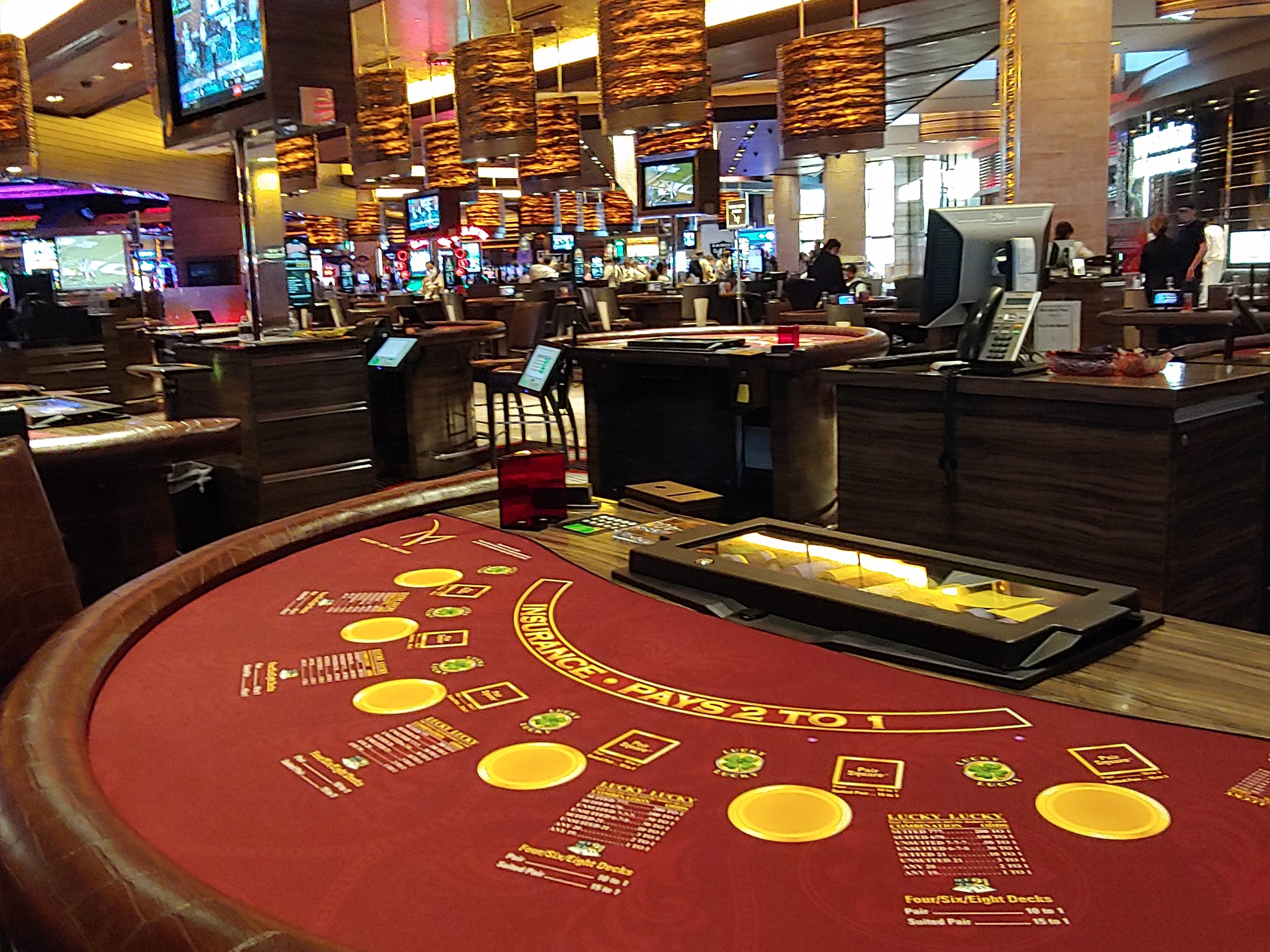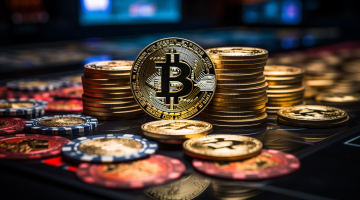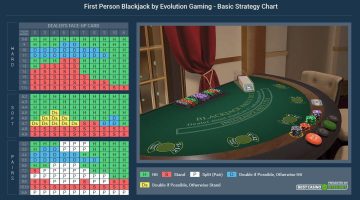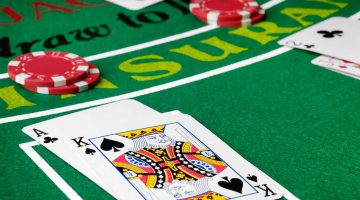
Blackjack Side Bets Probability Analysis: The Siren’s Call at the Table
The main game of blackjack is a beautiful dance of math and nerve. You’re playing against the dealer, making calculated decisions. But then, there’s the side bet area—a splash of color, a promise of a huge payout for a tiny extra wager. It’s the siren’s call of the casino floor.
Honestly, who hasn’t been tempted? That dollar bet that could win you thousands. It feels like a lottery ticket with better odds. Well, let’s dive into the cold, hard math behind that feeling. This is a probability analysis of blackjack side bets, and it might just change how you view that little betting circle.
What Exactly Are You Betting On? The House Edge Unveiled
First things first. The core of any casino game is the house edge. In a standard blackjack game with decent rules, a perfect basic strategy player can get the house edge down to around 0.5%. That means for every $100 you bet, you’re expected to lose about 50 cents in the long run. Not bad.
Now, let’s talk side bets. The house edge on these can be a different beast entirely. We’re often looking at edges between 2% and a staggering 11% or more. That dollar side bet? Over time, you’re expected to lose 2 to 11 cents on each and every one of them. The probability is squarely, and I mean squarely, in the house’s favor.
A Closer Look at Popular Side Bets and Their True Odds
Okay, enough with the scary intro. Let’s break down some of the most common side bets you’ll encounter. We’ll look at what they promise and what the probability analysis actually reveals.
1. 21+3
This one is super popular. You’re betting that your first two cards and the dealer’s upcard will form a winning poker hand—like a flush, straight, three of a kind, or a straight flush.
The payouts are enticing, often 9-to-1 for a flush and a whopping 100-to-1 for a straight flush. But let’s talk frequency. How often do you actually hit these?
| Hand | Example | Approximate Probability | Typical Payout |
| Flush | Your 2♥, 7♥ with Dealer’s K♥ | ~1 in 32 hands | 9:1 |
| Straight | Your 8♦, 9♣ with Dealer’s 7♠ | ~1 in 42 hands | 4:1 |
| Three of a Kind | Your 5♠, 5♦ with Dealer’s 5♥ | ~1 in 120 hands | 33:1 |
| Straight Flush | Your 6♣, 7♣ with Dealer’s 5♣ | ~1 in 4,800 hands | 100:1 |
See that? You’ll see a flush about once every hour and a half of continuous play. The straight flush? Maybe once in a hundred hours. The combined house edge for this bet usually sits around 3.5% to 4%. It’s a money-maker for the casino, for sure.
2. Perfect Pairs
This bet is simpler: you’re wagering that your first two cards will be a pair. There are usually three tiers:
- Mixed Pair: Same rank, different colors (e.g., 9♥ and 9♠). Payout: ~5-to-1.
- Colored Pair: Same rank and same color, but different suits (e.g., 10♦ and 10♥). Payout: ~10-to-1.
- Perfect Pair: Same rank and same suit (e.g., J♣ and J♣). This requires a multi-deck shoe. Payout: ~30-to-1.
The probability of getting any pair is about 1 in 17 hands. But the high-paying perfect pair is incredibly rare, with a probability of less than 1 in 200 hands. The house edge here is typically a steep 4% to 6%. You’re paying a hefty premium for that moment of mirrored-card excitement.
3. Insurance
This is the classic “sucker bet” that even seasoned players sometimes misunderstand. When the dealer shows an Ace, they offer Insurance—a side bet that the dealer has a natural blackjack.
Here’s the deal: you’re betting that the dealer’s hole card is a 10-value card. The payout is 2-to-1. Sounds fair, right? Well, the probability analysis tells a different story. In a single deck, the probability is about 1 in 3.3. But in the standard 6 or 8-deck shoe, it’s almost exactly 1 in 3. The math works out to a house edge of nearly 7%.
You’re essentially making a separate bet with terrible odds, completely independent of your own hand. Basic strategy experts never take it.
Why Do Casinos Push These Bets So Hard?
It’s not just about the extra revenue, though that’s a huge part of it. Side bets are a masterclass in psychology. They offer three things players love:
- Low Cost of Entry: For just a buck, you can dream big.
- High Volatility and Excitement: Every hand now has a second chance to be a winner, regardless of your main bet.
- The “What If” Factor: The pain of missing a side bet win can feel worse than losing the main hand. Casinos bank on this regret to keep you betting.
The Final Verdict: To Bet or Not to Bet?
So, after all this probability analysis, what’s the smart play? Well, if your goal is to maximize your bankroll and play the most mathematically sound game, the answer is simple: avoid side bets. They are a drain on your money with a significantly higher house edge.
That said… we’re human. We’re not just cold, calculating robots. If you understand the odds, and you’re playing for fun with a set entertainment budget, throwing a dollar on a side bet can add a layer of thrill. Think of it like buying a coffee. You’re paying for a moment of excitement, a jolt of “maybe.”
Just know what you’re buying. That jolt comes with a price tag, one that’s much higher than the one on your main game. The true secret to beating the house, or at least staying in the game longer, has always been in the disciplined dance of the main bet—not the lottery-ticket flash of the side.





